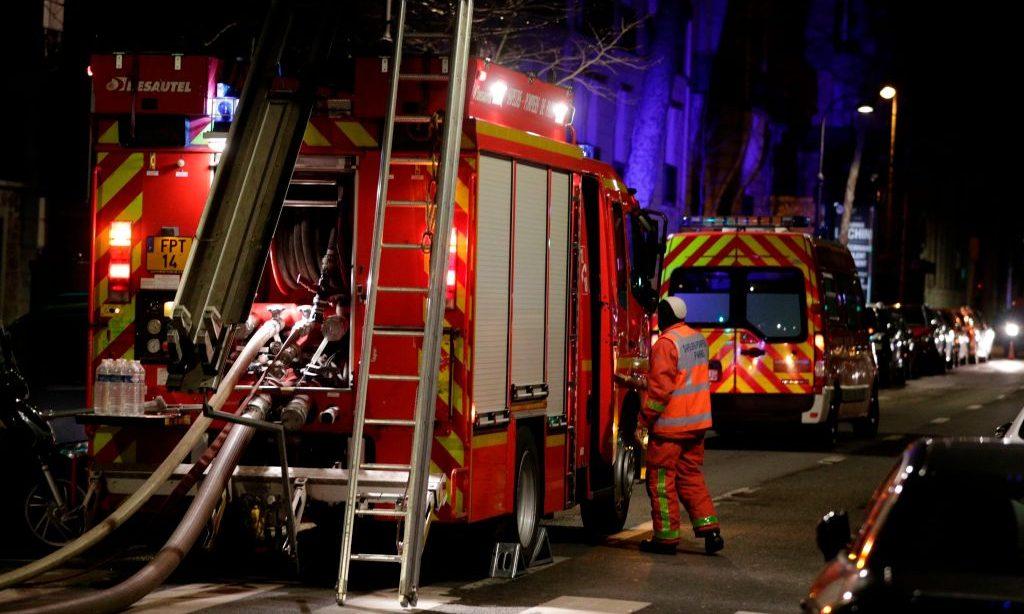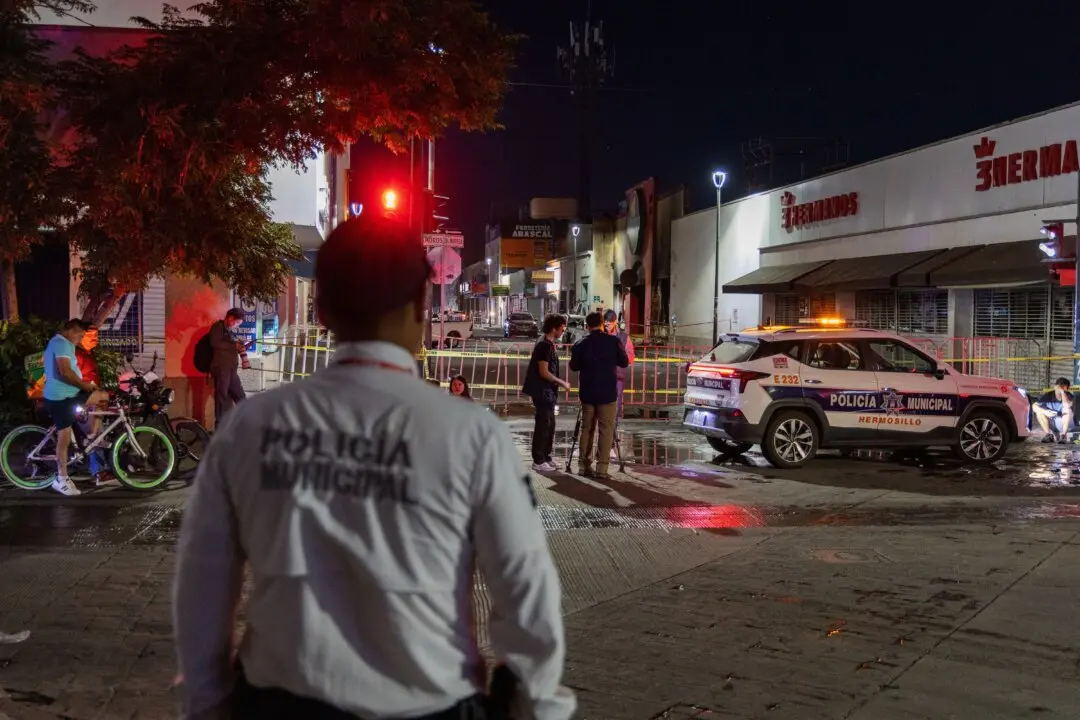The Paris fire service says seven people have been killed and at least 28 injured in a fire in a residential building.
The cause of the blaze is unclear. Firefighters are still searching for other victims and working to extinguish the blame, according to spokesman Clement Cognon of the city fire service.





